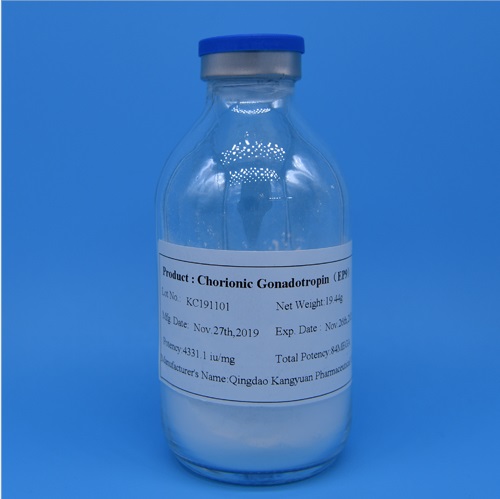Human Menopausal Gonadotropin (hMG) is a hormone medication used in
fertility treatments to stimulate ovulation. The manufacturing process of hMG
involves a series of delicate steps to ensure the purity, potency, and quality
of the final product.
The first step in the manufacturing process is the collection of urine from
postmenopausal women, which is rich in the hormones LH (Luteinizing Hormone),
FSH (Follicle-Stimulating Hormone), and hCG (Human Chorionic Gonadotropin). The
urine is then screened for potential contaminants such as bacteria or
viruses.

Next, the urine undergoes a series of processes to extract and purify the
hMG hormone. This includes filtration, adsorption, and ion exchange
chromatography techniques. These techniques ensure that the hMG is extracted in
its purest form, free from impurities.
The purified hMG is then formulated into a sterile powder or liquid
injection. The formulation process involves adding sterile ingredients such as
stabilizers and preservatives to maintain the potency and stability of the final
product.
Quality control is an essential aspect of the manufacturing process of hMG.
The final product undergoes rigorous testing and analysis to ensure its safety,
potency, and purity. This includes testing for impurities, potency, and
sterility.
In conclusion, the manufacturing process of Human Menopausal Gonadotropin
is a highly specialized and delicate process that requires strict quality
control measures. The purity, potency, and quality of the final product are
essential to ensure its effectiveness in fertility treatments.